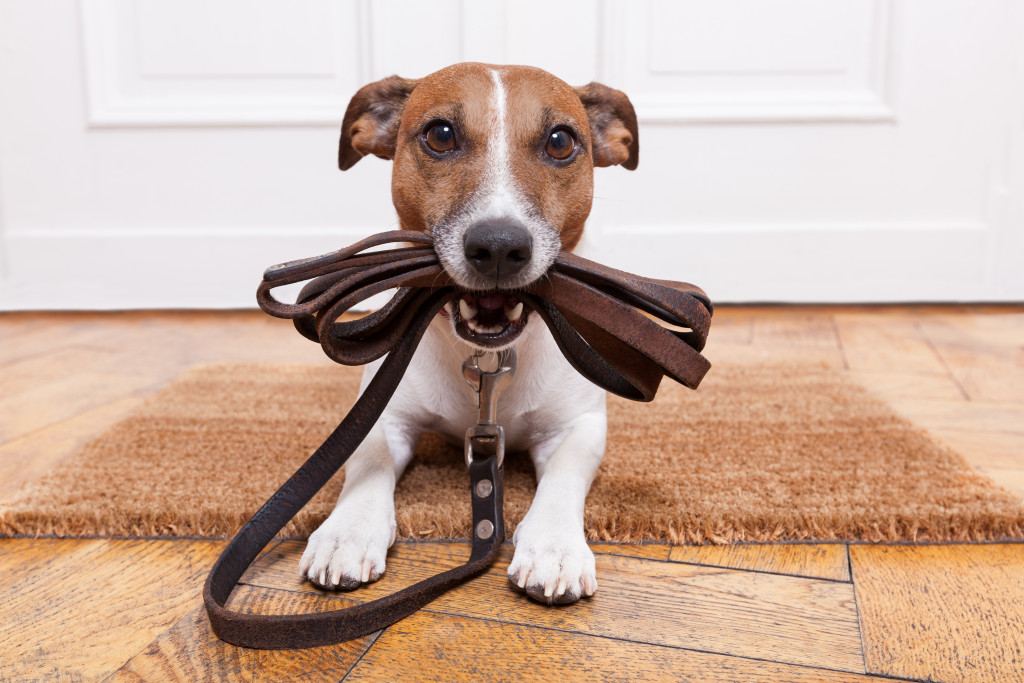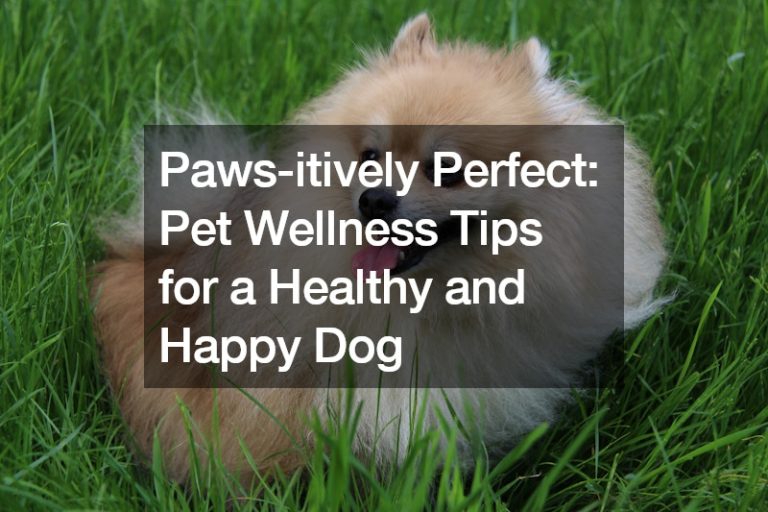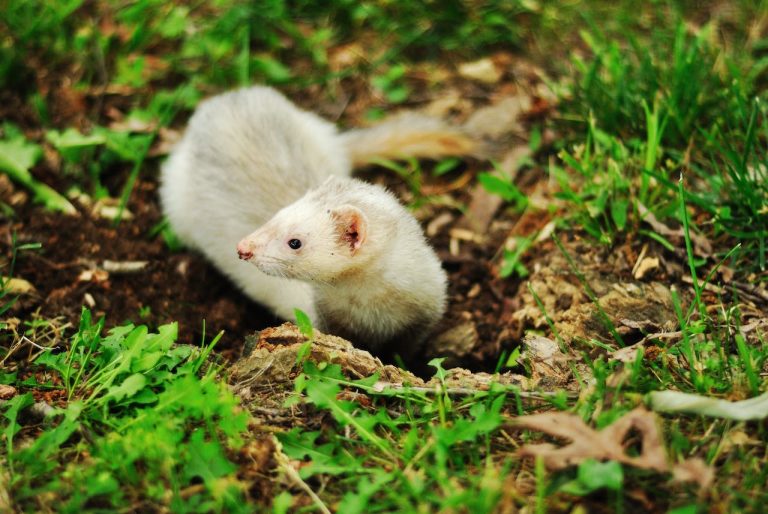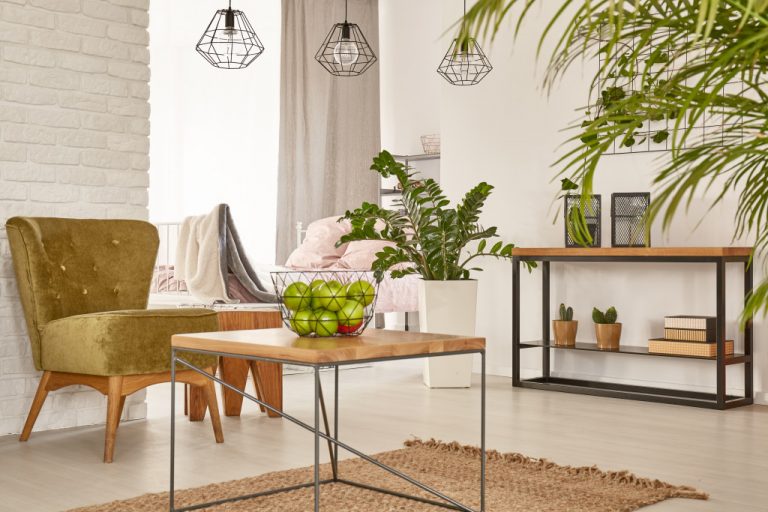Pets – where would we be without them? Whether you have fur babies at home or prefer a more exotic range of pets to take care of, one thing owners can do is to ensure that their homes are safe for their pets. This not only helps with your peace of mind but also cuts down on unnecessary visits to the vet because an avoidable accident happened.
It is a truth universally acknowledged that your pet will do what it wants most of the time. That’s what makes them fun to be with. But there are times that Fido gets a little too curious about something and ends up making a mess you’d instead not want to deal with. So for experienced pet owners or first-time pet owners, if you’re looking for ways to ensure a smoother home life with your pet, the advice below is for you.
Utilize Childproof Latches for Cabinets
Contrary to its name, childproof latches don’t have to be used exclusively for small prying hands. They can be used for protection against nosy pets too. Consider getting down on your hands and knees and putting safety latches on cabinets your pets have easy access to. Curiosity may not always kill the cat, but not protecting against it can result in a mess and maybe a pinned-down paw or two.
Place Medications and Chemicals Up High
Intelligence may be present in greater quantity than you expected in your pet. Still, no one has yet to prove that any pet can read and understand things like medication or poisonous chemical labels. As it is encouraged that your pet and these substances never come into contact with each other, err on the side of safety. Place any medications you take or any cleaning materials you use in places pets usually cannot access (ex., high shelves) or in the abovementioned latched cabinets.
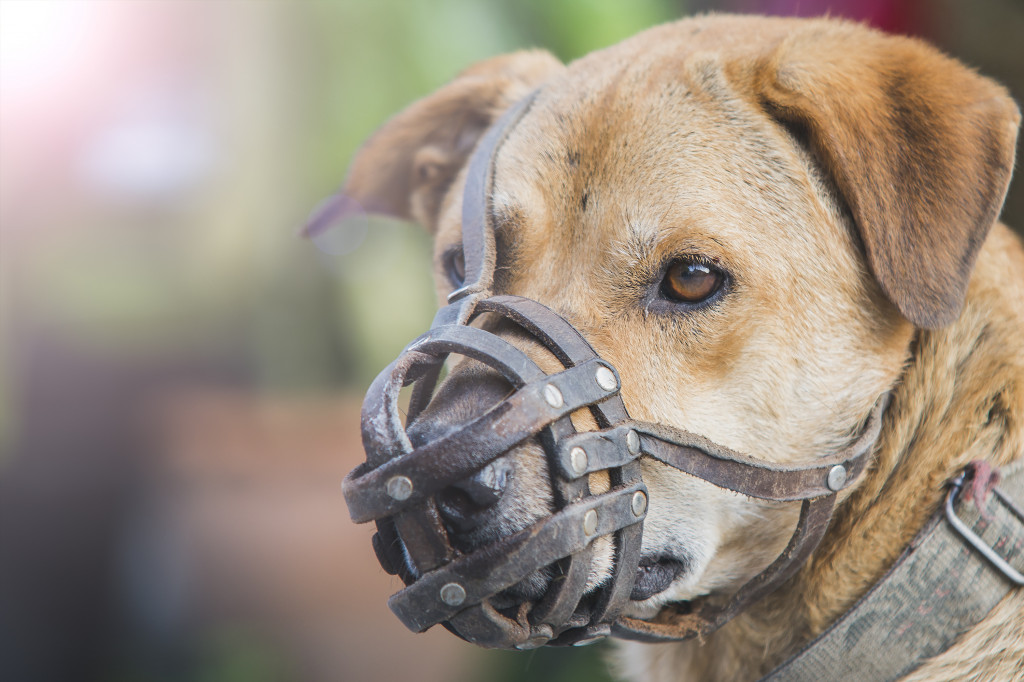
Cover Your Garbage
With their highly sensitive noses, many pets find our garbage bins to be interesting places to rummage around in and possibly snag a snack or two. But the content inside the containers are safety hazards to our pets—think open cans, indigestible wrappers, broken glass, or ceramic.
Not to mention, there is the emotional stress of coming home to find trash strewn all over your house by a pleased-looking dog. Since prevention is better than cure, make sure to properly cover your garbage bins—all of them, whether inside or outside the house.
Use Blockades
For some reason or another, small pets (and even the larger ones) like to squeeze themselves into the nooks and crannies of our homes. This would be cute until your precious kitten is stuck behind the refrigerator and won’t come out no matter how much you try to entice it with cat treats.
Avoid crying over your pet being stuck in a place you can’t reach by making sure they don’t reach it in the first place. Utilize pet blockades or fences for rooms you’d much rather not have your pet enter or to make sure your pet never actually gets behind an appliance ever again, saving you from an hour or so of mental and emotional stress.
Get Rid of Dead or Sickly Trees
If you’re lucky enough to have a yard for your pet to play in, ensure you get rid of natural hazards such as unhealthy trees. This is protection for you as getting rid of dead or sickly trees ensures you don’t have branches (or even the tree) falling on you or your pet. It also helps make your landscape better without an eyesore around—two birds with one stone.
If you have a tree that needs removing from your property, make sure to partner up with a tree removal expert to not only safely remove the tree but also help ensure your yard looks as pristine as it was before removing trees.
Say Goodbye to Poisonous Plants
Trees prone to falling on them aren’t the only hazards your pet will have to deal with in the outside world. Plants that wreak havoc on your pet’s body are another safety issue you will have to deal with, especially if you’re handling a pet that doesn’t think twice about nibbling on anything that catches their attention.
Ensure you don’t have any plants poisonous to your pet on your property (whether inside your house or yard). Some common houseplants that are bad for your pet are lilies, tulips, English ivy, and azaleas.
These ideas are general guidelines for making your home safer for your pet. Each pet has different needs, and you may have to tweak the advice given above or figure out a way to make sure your pet is protected while at home. However, as your fur baby’s parent, you must ensure no hazards are lying about for them to walk into or eat.

